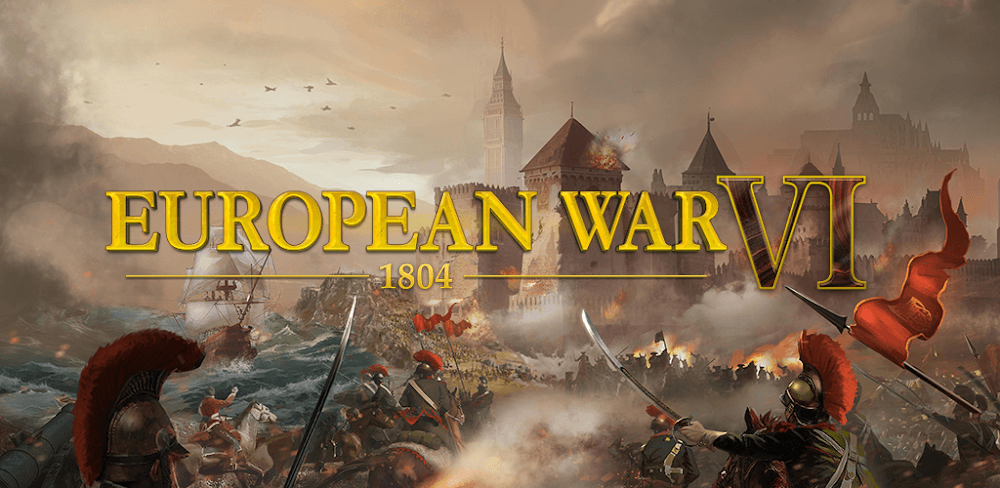

#European war 6 1804 free#
Subsequently, the Virginia government increased restrictions on free people of color. Their executions sent the message that others would be punished if they challenged slavery. After briefly escaping, Gabriel was seized, tried, and hanged along with twenty-five others. Faced with bad weather, Gabriel and other leaders postponed the attack until the next night, giving Governor Monroe and the militia time to capture the conspirators. On August 30, two enslaved men revealed the plot to their enslaver, who notified authorities. Others would attack Richmond’s white residents, seize weapons, and capture Virginia governor James Monroe.

Some of the conspirators would set diversionary fires in the city’s warehouse district. Led by the enslaved man Gabriel, close to one thousand enslaved men planned to end slavery in Virginia by attacking Richmond in late August 1800. Free and Enslaved Black Americans and the Challenge to Slavery 1 All would, in their own way, lay claim to the freedom and equality promised, if not fully realized, by the Revolution. The wealthy and the powerful, middling and poor whites, Native Americans, free and enslaved African Americans, influential and poor women: all demanded a voice in the new nation that Thomas Paine called an “asylum” for liberty. Some, like Jefferson’s victory, were accomplished peacefully, and others violently. Thomas Jefferson’s electoral victory over John Adams-and the larger victory of the Democratic-Republicans over the Federalists-was but one of many changes in the early republic. Native American Power and the United States


 0 kommentar(er)
0 kommentar(er)
